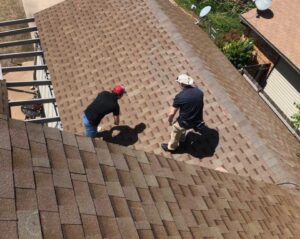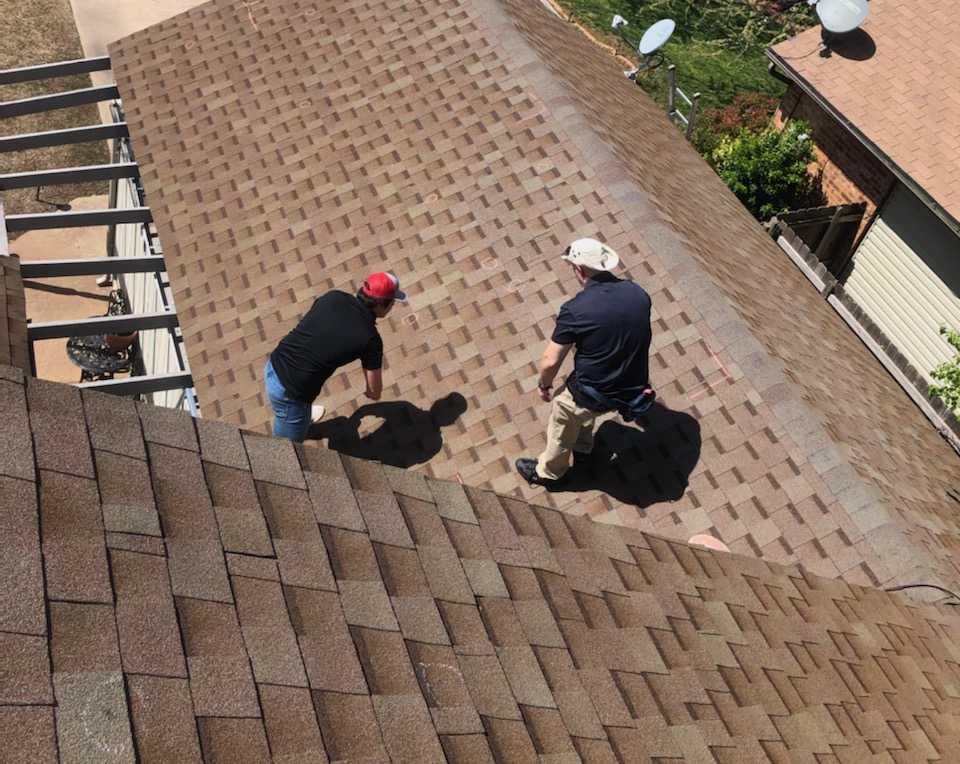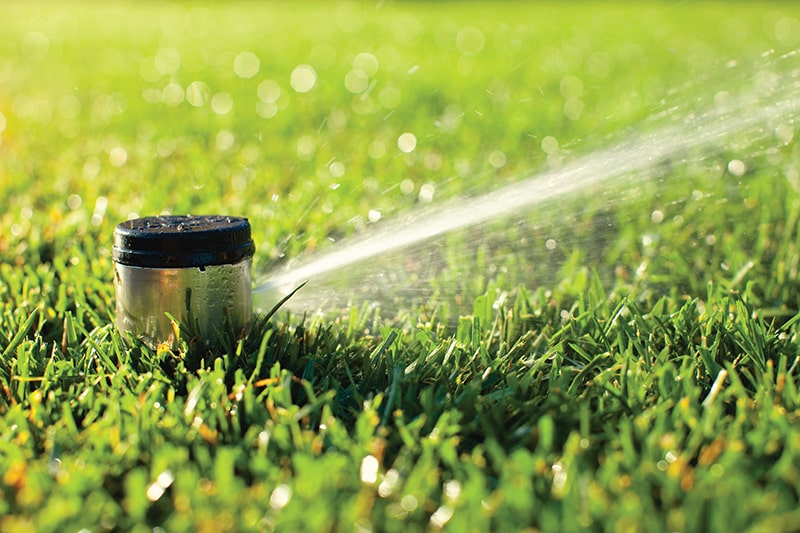Your roof is a vital component in safeguarding your home against harsh weather elements. Ignoring its maintenance until a leak occurs can result in more extensive problems, including structural damage, mold growth, and compromised insulation. To avoid such headaches, it is essential to schedule periodic roof inspection. This proactive approach allows for the early detection of potential issues, minimizing the risk of costly repairs down the line. Additionally, considering roof cleaning as part of your maintenance routine can help preserve its longevity and optimal performance. By investing in regular upkeep, you ensure that your home’s primary defense system remains sturdy and dependable.
When to Schedule Roof Inspections
While it’s true that many homeowners understand the importance of a comprehensive roof inspection following a hailstorm or severe weather, it’s crucial not to overlook your roof’s health at other times. Regular roof inspections are essential for maintaining its overall condition and identifying potential issues early on. By proactively scheduling roof inspections, you can detect any damage or wear before it becomes more significant and costly to repair. Don’t wait for extreme weather events to be the sole trigger for evaluating your roof’s health. Prioritize regular roof inspections to ensure its long-term durability and protection for your home.
Having your roof inspected in the fall, before winter arrives, is crucial. Cold temperatures can affect the success of new roof installations and repairs like shingle replacement. When it’s too cold, new shingles won’t seal properly. Attempting repairs on icy roofs is also dangerous, so any issues discovered late in the season may need to wait until spring for fixing.
Another reason for a fall inspection is to address specific roof repairs that should be done before winter, such as treating moss and lichen. These problems require time to be resolved, sometimes up to 180 days. If moss or lichen are found during a fall roof inspection, there’s still a chance to treat them before the cold weather sets in. The treatment can work throughout winter, and in spring, the dead lichen can be easily removed by sweeping or rinsing.
By prioritizing a fall roof inspection, you ensure that repairs are done at the right time, preventing further damage and maximizing the lifespan of your roof.

What to Expect from Professional Roof Inspections
During a roof inspection, the inspector will check for leaks, signs of damage from windblown debris, unusual wear and tear, issues with organic growth, and any problems that may have arisen during shingle installation or previous repairs. The inspection typically focuses on four main aspects: the structure of the roof, the materials used, the interior of the building, and the quality of the workmanship.
- Structural Inspection: During a roof inspection, the inspector will examine the structural aspects of the roof. They will look for any signs of uneven roof planes or sagging. Additionally, they will assess the condition of the soffit, fascia, and gutter system. It is also important to inspect masonry chimneys for cracks, deteriorating grout, and damage to chimney caps. The inspector may also evaluate the attic ventilation as improper ventilation can lead to heat and moisture buildup, which can shorten the lifespan of the roof and increase the risk of ice dams forming at the roof’s edge.
- Material Inspection:During a roof inspection, the inspector will assess the materials used on the roof. They will look for any loose, missing, or curling shingles. Stains, moss, rust, and missing flashing or fasteners will also be noted. If there is shingle aggregate settled in roof valleys or at the bottom of gutter downspouts, it could indicate that the roof is nearing the end of its lifespan. The inspector will also examine the rubber boots and seals around vent pipes, checking for any gaps or signs of deterioration.
- Interior Inspection: As part of the roof inspection, the inspector will also examine the interior of your home. They will check the ceilings, attic, and interior walls for any signs of water stains, mold, rot, or other indications that water is infiltrating your house. Roof leaks can cause significant damage to your home, so it’s important to identify any potential issues during the inspection.
- Workmanship Inspection: During a roof inspection, a inspector will carefully check for any workmanship issues that could potentially lead to future leaks or roof damage. They will pay special attention to the flashing around roof penetrations like vent pipes, skylights, and chimneys. If they come across incorrectly installed or damaged flashing in these areas, it would raise concerns. These issues serve as clear warning signs of potential problems that need to be addressed. The inspector’s primary focus is to identify any workmanship issues that may pose a risk and ensure proper measures are taken to prevent future leaks or damage to your roof.
How Much Does a Roof Inspection Cost?
The cost of a roof inspection typically ranges from $125 to $342, with an average cost of $226. The actual price can vary based on factors such as the size of your roof, the type of roofing material, the slope of your roof, and its accessibility. Additionally, if the inspector utilizes specialized tools or methods, it may contribute to the overall cost.
Cost data in this article was sourced from HomeAdvisor.
Size and Type of Roof
Some inspectors may charge higher fees for inspecting larger roofs or may have a pricing structure based on the square footage of the roof. Additionally, specific roofing materials like slate or tile may require more specialized expertise to inspect, which can result in an increased cost for the inspection.
Location and Accessibility
Inspection costs for steep roofs may be higher due to the need for specialized tools to access them. The use of these tools adds to the overall expense of the inspection.
Scope and Complexity
Physical inspections are the standard for roofs, but some homes require in-depth inspections. An inspector may charge an additional fee for inspections that take longer.
Type of Inspection
A standard physical roof inspection typically falls within the price range of $75 to $200. This type of inspection involves a certified professional who uses a ladder to physically examine the roof’s condition and materials in person. However, if your roof is challenging to access, you may need to consider a drone roof inspection, which can cost between $150 and $400. This type of inspection utilizes drones to capture aerial footage of the roof, providing a detailed assessment without the need for direct physical access.
For those seeking the most comprehensive inspection, an infrared roof inspection is available, but it comes at a higher cost. Infrared technology allows inspectors to detect hidden damage that is not visible to the naked eye. The price range for an infrared roof inspection typically falls between $400 and $600, reflecting the advanced technology and expertise required for this specialized inspection.
Our Conclusion
It is highly recommended to schedule a professional roof inspection on an annual basis as part of your regular preventative maintenance routine. This proactive approach helps identify any potential issues or damage early on, allowing for timely repairs and preventing more significant problems down the line. Additionally, it is important to visually inspect your roof after a severe storm for any visible signs of damage, such as missing or damaged shingles, leaks, or sagging areas. If you notice any indications of damage, it is advisable to promptly schedule a roof inspection to assess the extent of the problem and initiate necessary repairs or maintenance actions. Taking these proactive measures can help ensure the long-term durability and performance of your roof.




